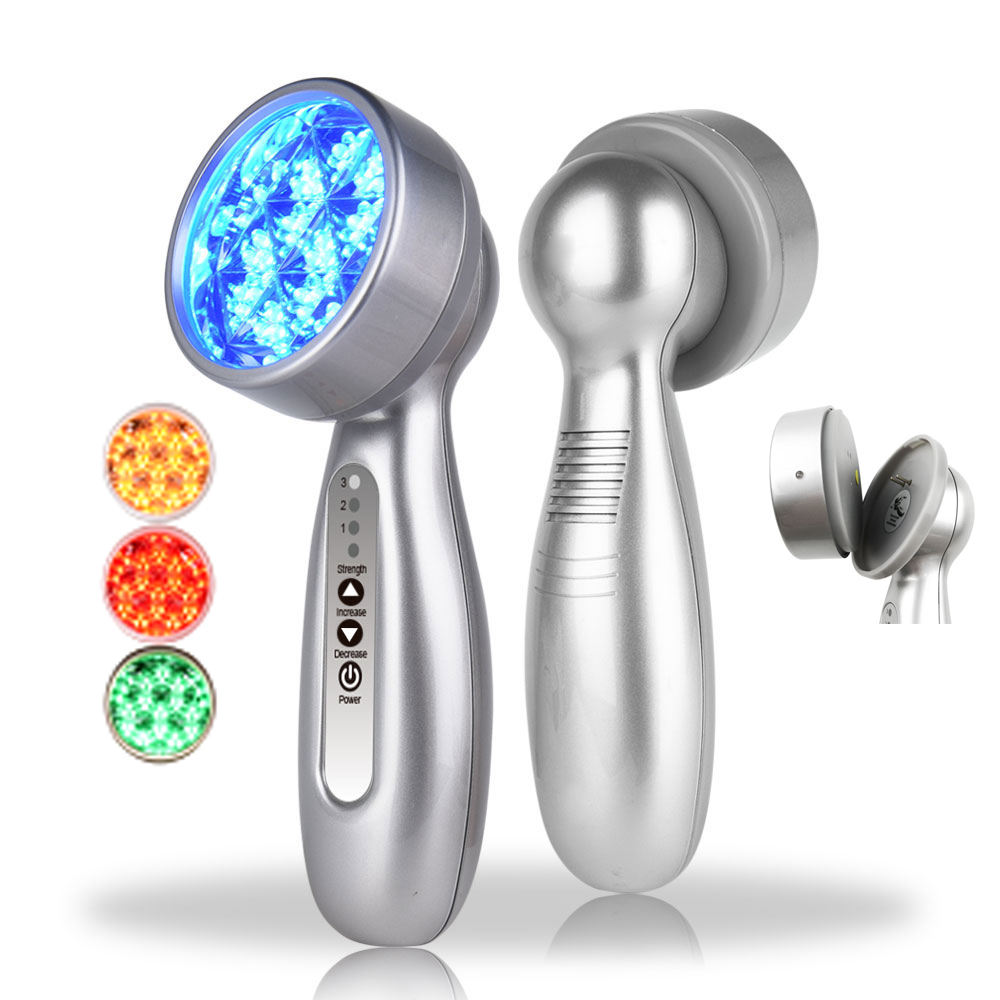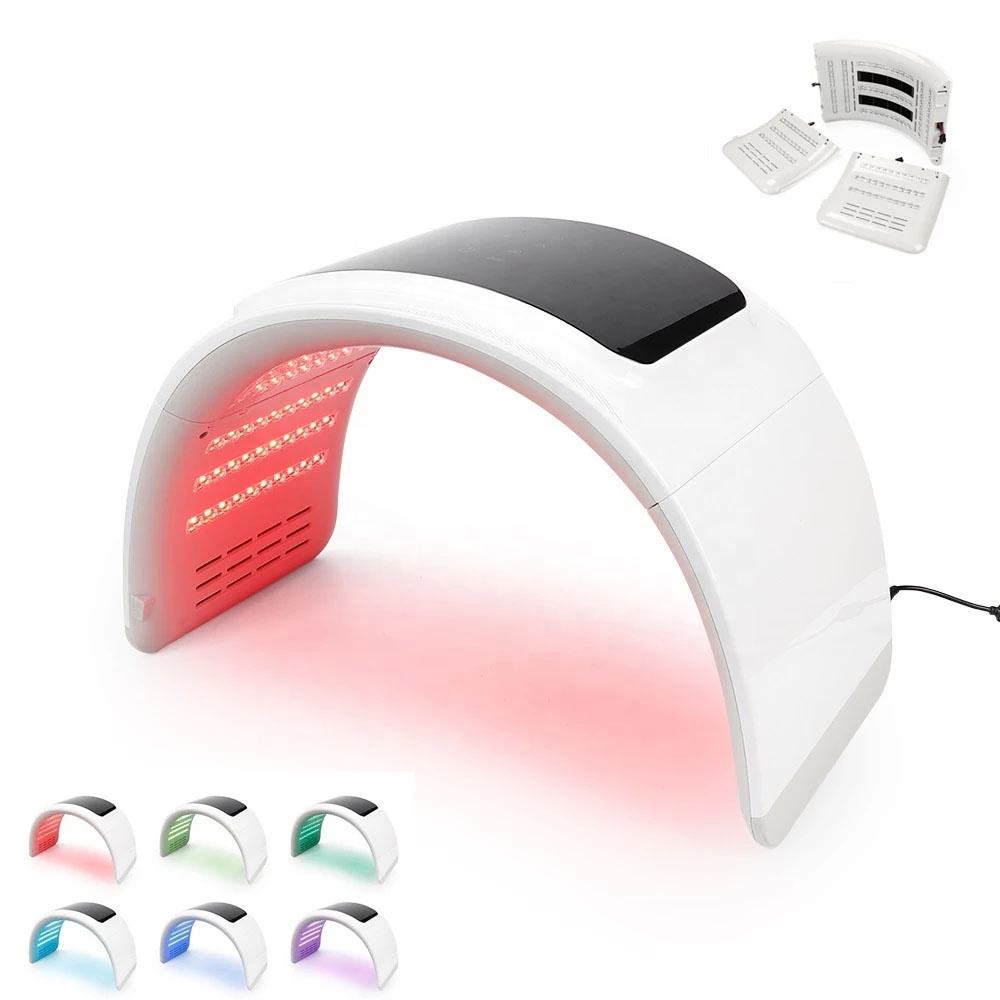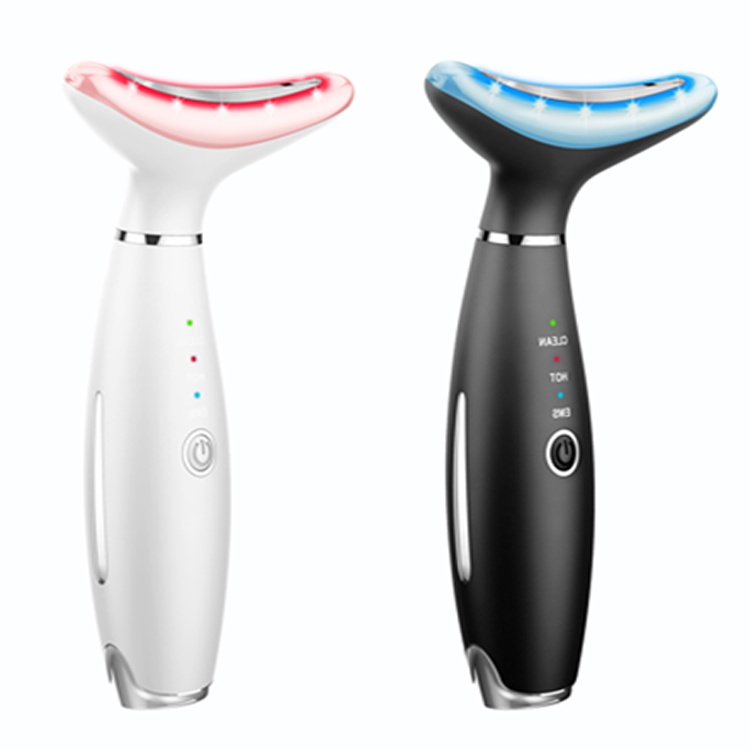What is the best to build your non invasive anti ageing Skincare Routine
Summary
A non-invasive anti-aging skincare routine is designed to combat the visible signs of aging, such as fine lines, wrinkles, and uneven skin tone, through the use of topical products rather than surgical procedures. Skin aging is a natural process influenced by both intrinsic factors, like genetics and hormonal changes, and extrinsic factors, including sun exposure and lifestyle choices. As individuals age, they may seek effective methods to maintain a youthful appearance, making the development of a personalized skincare regimen essential for overall skin health and confidence.
Notable ingredients in an effective anti-aging routine include antioxidants, retinoids, peptides, and hyaluronic acid, each playing a pivotal role in enhancing skin texture, hydration, and firmness. For example, retinoids are recognized for their ability to promote cell turnover and stimulate collagen production, while hyaluronic acid helps retain moisture, ensuring skin remains plump and hydrated.
The inclusion of sun protection measures is also crucial, as UV damage is a significant factor in premature skin aging, underscoring the importance of daily sunscreen application as a cornerstone of any skincare regimen.
Controversies surrounding anti-aging products often center on the efficacy and safety of various ingredients and the marketing claims made by brands. Critics argue that some products may not deliver the promised results, while concerns about potential irritation from potent actives like retinol and acids can discourage users from maintaining a consistent routine. Therefore, education on ingredient selection and the importance of gradual introduction is paramount in developing a safe and effective anti-aging strategy.
Overall, building a non-invasive anti-aging skincare routine necessitates an understanding of the skin aging process, the significance of active ingredients, and adherence to recommended practices to achieve desired results. Consulting with dermatologists or skincare professionals can provide valuable insights tailored to individual skin types and concerns, ultimately empowering users to navigate the complexities of anti-aging skincare successfully.
Skin Aging Process
Skin aging is a complex natural process influenced by both intrinsic and extrinsic factors. As individuals age, their skin undergoes various changes, including the formation of fine lines, wrinkles, sagging, and uneven pigmentation, which can significantly affect appearance and self-esteem.
Intrinsic Factors
Intrinsic aging, also known as chronological aging, is primarily driven by genetic and biological factors. Over time, the body's production of collagen and elastin, which are crucial for maintaining skin firmness and elasticity, decreases. This reduction can lead to looser skin that is more prone to wrinkling and sagging. Additionally, hormonal changes, particularly during menopause in women, can exacerbate skin dryness and thinning, leading to further signs of aging.
Extrinsic Factors
Extrinsic factors refer to environmental influences and lifestyle choices that contribute to skin aging. Prolonged exposure to ultraviolet (UV) light from the sun is a major culprit, as it accelerates the breakdown of collagen and elastin fibers. Other lifestyle habits, such as smoking and excessive alcohol consumption, can also accelerate skin aging by causing oxidative stress and inflammation, further diminishing skin health. Environmental factors, such as pollution and climate conditions, additionally play a significant role. For example, dry conditions can increase the permeability of the epidermis, leading to moisture loss and increased vulnerability to irritants. Furthermore, inadequate hydration can exacerbate the aging phenotype, making the skin appear more aged than it is.
Visible Signs of Aging
As skin ages, common visible signs include the appearance of fine lines and wrinkles, particularly around areas frequently used for facial expressions, such as the eyes and forehead. Age spots, or solar lentigines, often emerge in sun-exposed areas like the face and hands, adding to the cosmetic concerns associated with aging skin. Additionally, a decrease in skin cell turnover contributes to a dull complexion and uneven texture.
Importance of Skincare
Understanding the factors that influence skin aging is crucial for developing an effective anti-aging skincare routine. Incorporating ingredients that boost hydration and promote skin repair, such as retinoids, vitamin C, and hyaluronic acid, can help mitigate the visible signs of aging. A consistent routine that includes sun protection, gentle cleansing, and targeted treatments can significantly enhance the appearance and health of aging skin, promoting a more youthful and vibrant look.
Key Components of an Anti-Aging Skincare Routine
An effective anti-aging skincare routine consists of several essential components that work together to restore and maintain youthful skin. Consistency and the selection of suitable products are crucial in achieving desired results. Below are the key elements to consider when building your regimen.
Cleansing
The foundation of any skincare routine begins with cleansing. It is essential to use a gentle, non-irritating cleanser that does not strip the skin of its natural moisture. Cleansing removes impurities and prepares the skin for subsequent products. A product like the L’Oréal Paris RevitaLift Radiant Smoothing Cream Cleanser, which contains vitamin C, is recommended for its ability to smooth and brighten the skin while ensuring it remains hydrated.
Exfoliation
Regular exfoliation helps remove dead skin cells and promotes a fresh, glowy complexion. It also enhances the absorption of other skincare products. Gentle exfoliants, such as the L’Oréal Paris Bright Reveal Dark Spot Exfoliant Peel, can effectively fade dark spots and renew skin texture when used several times a week.
Moisturizing
Hydration is key in any anti-aging regimen. Using a moisturizer that suits your skin type helps maintain a healthy skin barrier and prevents moisture loss. Look for formulations that include beneficial ingredients like hyaluronic acid, which can attract and retain moisture in the skin.
Sun Protection
Daily sun protection is one of the most critical steps in preventing premature aging. A broad-spectrum sunscreen with an SPF of 30 or higher should be applied every day, even on cloudy days. Products that combine moisturizers with SPF, such as the L’Oréal Paris RevitaLift Triple Power Moisturizer with SPF 30, offer convenience and ensure that skin is protected from harmful UV rays.
Targeted Treatments
Incorporating targeted treatments is vital for addressing specific skin concerns. Products with proven anti-aging ingredients, such as retinol and vitamin C, should be included. Retinol is effective for reducing the appearance of fine lines, while vitamin C aids in brightening the skin and evening out skin tone.
Routine Consistency
Maintaining consistency with your skincare routine is essential for achieving lasting results. It is important to follow the regimen both morning and night to maximize the effectiveness of the products used.
Ingredients to Look For
When building a non-invasive anti-aging skincare routine, selecting the right ingredients is crucial for achieving desired results.
Antioxidants
Antioxidants are vital for protecting the skin from oxidative stress caused by environmental factors:
- Vitamin E and Green Tea Extract: These antioxidants not only combat free radicals but also provide anti-inflammatory benefits, supporting overall skin health.
Peptides
Peptides are essential for their role in skin repair and hydration:
- Matrixyl and Argireline: These peptides stimulate collagen and elastin production and can help relax facial muscles, reducing the appearance of fine lines and wrinkles.
Active Ingredients
High-quality active ingredients play a significant role in addressing signs of aging.
- Retinoids: Known for their ability to promote cell turnover and stimulate collagen production, retinoids can help reduce fine lines and improve skin texture.
- Vitamin C: This powerful antioxidant helps minimize the appearance of aging signs, such as dark spots and uneven skin tone, while providing luminosity to the skin. Effective formulations typically contain a concentration between 10% and 20%.
- Niacinamide: Known for its anti-inflammatory properties, niacinamide can improve skin elasticity and enhance barrier function, making it beneficial for overall skin health.
- Hyaluronic Acid: Often referred to as “nature’s moisture magnet,” hyaluronic acid can hold up to 1000 times its weight in water, ensuring skin remains hydrated and plump.
Exfoliating Agents
Incorporating exfoliating agents into your routine can enhance the effectiveness of your skincare products:
- Glycolic Acid: As an alpha hydroxy acid (AHA), glycolic acid helps to gently exfoliate the skin, promoting cell turnover and revealing a fresher, more youthful appearance.
Sunscreen
Finally, incorporating a broad-spectrum sunscreen with an SPF of at least 30 into your daily routine is non-negotiable. Sunscreen protects against UV damage, which is a primary factor in premature skin aging. Products with physical blockers like zinc oxide and titanium dioxide are particularly effective for sensitive skin. By understanding and utilizing these ingredients, individuals can create a comprehensive non-invasive anti-aging skincare routine that promotes healthy, youthful-looking skin.
Recommended Practices
To build an effective non-invasive anti-aging skincare routine, it is essential to adopt a series of best practices that prioritize skin health while minimizing potential irritation or adverse reactions.
Layering Techniques
A foundational principle in skincare is the correct order of application. It is recommended to apply products from thinnest to thickest consistency, allowing active ingredients to penetrate effectively. Dr. Dhivya Srinivasa emphasizes that starting with the lightest product ensures optimal absorption of the actives present in subsequent applications. Additionally, using the highest percentage of active ingredients first can maximize their benefits.
Active Ingredients Selection
Understanding and selecting active ingredients tailored to individual skin concerns is crucial. Commonly used actives such as retinol, Alpha Hydroxy Acids (AHA), Beta Hydroxy Acids (BHA), niacinamide, and vitamin C offer targeted benefits for various skin issues. However, it is advisable to introduce these actives gradually, starting with lower concentrations to allow the skin to adapt. Consulting a dermatologist can help in selecting the right products and combinations based on skin type and concerns.
Avoiding Ingredient Conflicts
When layering products, it is essential to avoid combining multiple active ingredients unless they are formulated together. Overuse or improper mixing can compromise the skin barrier, leading to irritation. The general rule is to use one active ingredient per application session, ensuring that the skin is not overwhelmed.
Patch Testing
Before fully integrating new products into your routine, conducting a patch test is vital, especially for products containing active ingredients. This step helps to identify any potential allergic reactions or sensitivities. Users should apply a small amount of the product on an inconspicuous area and monitor for adverse reactions over several days.
Professional Consultation
Seeking the guidance of certified and experienced practitioners for any in-office treatments or advanced skincare advice is recommended. This ensures safety and efficacy, as many non-medical facilities may not have the proper training to administer certain procedures. Additionally, always verify the credentials of any skincare professionals to ensure high standards of care and safety.
Long-term Safety Considerations
When considering anti-aging treatments, it is important to assess their long-term safety, not just immediate results. Some treatments may provide quick fixes but could cause long-term skin damage, such as overuse of chemical peels or fillers that distort natural facial structures. Regular consultations with a dermatologist can help navigate these options effectively. By following these recommended practices, individuals can create a comprehensive and safe non-invasive anti-aging skincare routine that caters to their unique skin needs.
Non-Invasive Treatments
Non-invasive treatments are essential components of a comprehensive anti-aging skincare routine, focusing on enhancing skin appearance and health without the need for surgical procedures. These treatments, which range from professional procedures to at-home tools like a skin tightening device, can effectively address various signs of aging, such as fine lines, wrinkles, and skin dehydration.
Professional Treatments
Chemical Peels
Chemical peels utilize a specialized solution to remove the outermost layers of skin, promoting skin renewal and improving texture and tone. This treatment is particularly effective for reducing age spots and fine lines. There are various depths of chemical peels, including superficial and medium-depth options, tailored to individual skin needs and goals.
Microneedling
Microneedling involves using tiny needles to create micro-injuries in the skin, stimulating collagen and elastin production. This treatment enhances skin hydration and improves overall texture, making it ideal for those concerned about dehydrated skin and premature aging. When combined with appropriate skincare products, microneedling can yield significant improvements in skin appearance.
Laser Treatments
Laser therapies target deeper layers of the skin to stimulate collagen production and reduce pigmentation. These treatments can effectively fade age spots and improve skin texture without requiring downtime, making them a popular choice for those seeking non-invasive options.
At-Home Care
To complement professional treatments, an effective at-home skincare regimen is crucial. A basic routine should include cleansing, treating, and moisturizing. It is essential to apply products in order from thinnest to thickest consistency to ensure optimal absorption of active ingredients. Key ingredients to look for in anti-aging products include retinol, hyaluronic acid, peptides, and antioxidants, which have been shown to deliver anti-aging benefits.
In addition to topical products, at-home devices have become a popular part of modern skincare. An anti-aging face massager can boost circulation and enhance product absorption. For instance, a microcurrent facial device uses low-level electrical currents to stimulate facial muscles, providing a toning and lifting effect. Another popular tool is the vibrating face massager, which can help relax facial tension and improve skin radiance. Opting for a rechargeable face massager adds convenience to your routine, ensuring it's always ready for use. These tools work synergistically with your skincare products to deliver enhanced results.
Ingredients to Avoid
When selecting products, it is vital to avoid harmful additives like parabens and synthetic fragrances, which may irritate the skin. Additionally, some potent active compounds, such as hydroquinone or certain acids, can cause adverse reactions if not used correctly. Awareness of ingredients and their effects can enhance the safety and efficacy of your skincare routine.
Safety Considerations
Choosing treatments and products approved by recognized regulatory bodies ensures that they meet safety standards. Consult with qualified practitioners for procedures like injectables and laser therapy to minimize risks associated with unapproved or poorly administered treatments. Always assess the long-term safety of any anti-aging solution, as some options may yield quick results but could damage the skin over time.
 English
English Español
Español Português
Português Pусский
Pусский Français
Français Deutsch
Deutsch 日本語
日本語 한국어
한국어 Italiano
Italiano عربى
عربى


